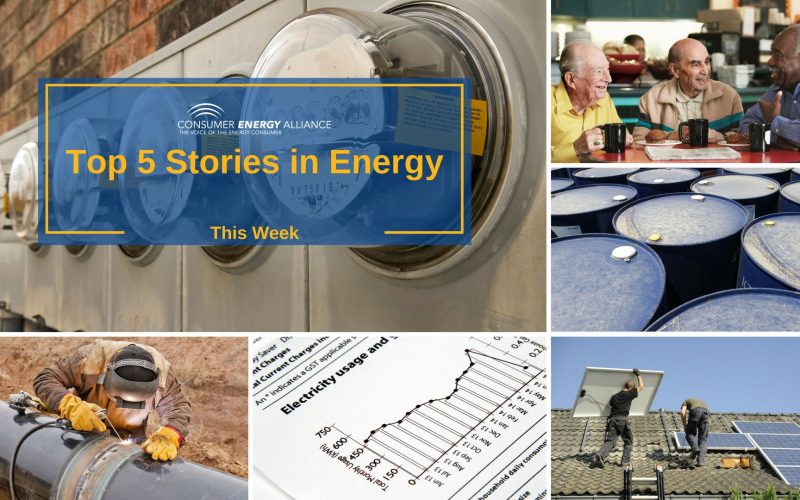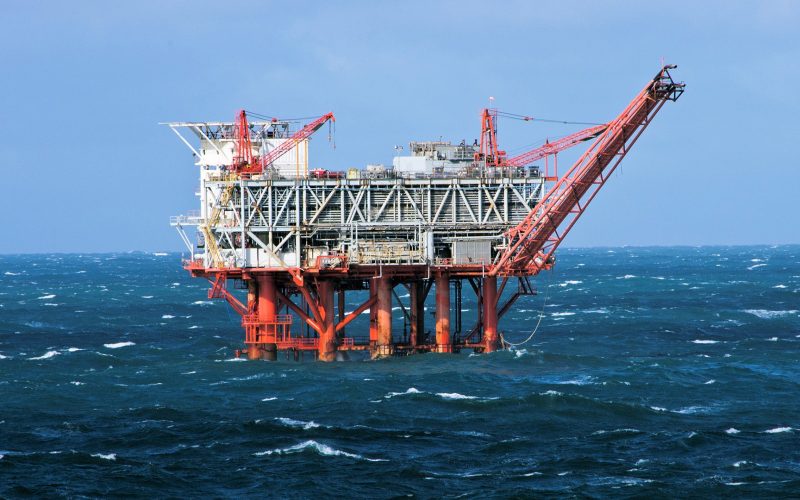THE VOICE FOR THE ENERGY CONSUMER

Mike Butler of CEA advocates for building necessary infrastructure in New York for natural gas. The biggest reason is prices for consumers. New Yorkers spend over 25 hundred dollars a.

CEA’s Mid-Atlantic Director talks detrimental impact of extremist anti-energy group activities on communities with proposed and much-needed energy projects. A recent story about extremists who unsuccessfully tried to halt a.

Brydon Ross, CEA Vice-President of State Affairs, discusses why Rhode Islanders face residential electricity rates 69% higher than the national average. These prices are the result of conscious decisions by.

CEA’s Florida Director discusses current gas prices impact on Memorial Day travel plans. When energy costs are lower across the board it helps everyoneAt the airport you are going to.

While summer is still another month away, nearly 43 million Americans are expected to jump start their travel season this Memorial Day weekend. Hear from CEA’s Chris Ventura how families.

CEA’s Brydon Ross offers insight to why the denial of the permit for the Williams Pipeline is bad for consumers in New York and across the Northeast region. Listen here:.

Lake Erie Wind Project Will Have Collision Detection Equipment The Ohio Power Siting Board and Lake Erie Energy Development Corp. have reached a compromise as they decide to install high-tech.

Washington D.C. – Consumer Energy Alliance (CEA), the leading consumer advocate for energy, expressed their disappointment after the Department of Environmental Conservation rejected the construction of a natural gas pipeline.

Briefing legislators in Alabama, CEA President David Holt discusses how the state’s economy has benefited greatly thanks to oil and natural gas development and the upcoming offshore energy plan. Holt.

As West Virginia is producing record levels of natural gas, CEA asks and answers how beneficial this has been for consumers across the state in terms of money saved and.